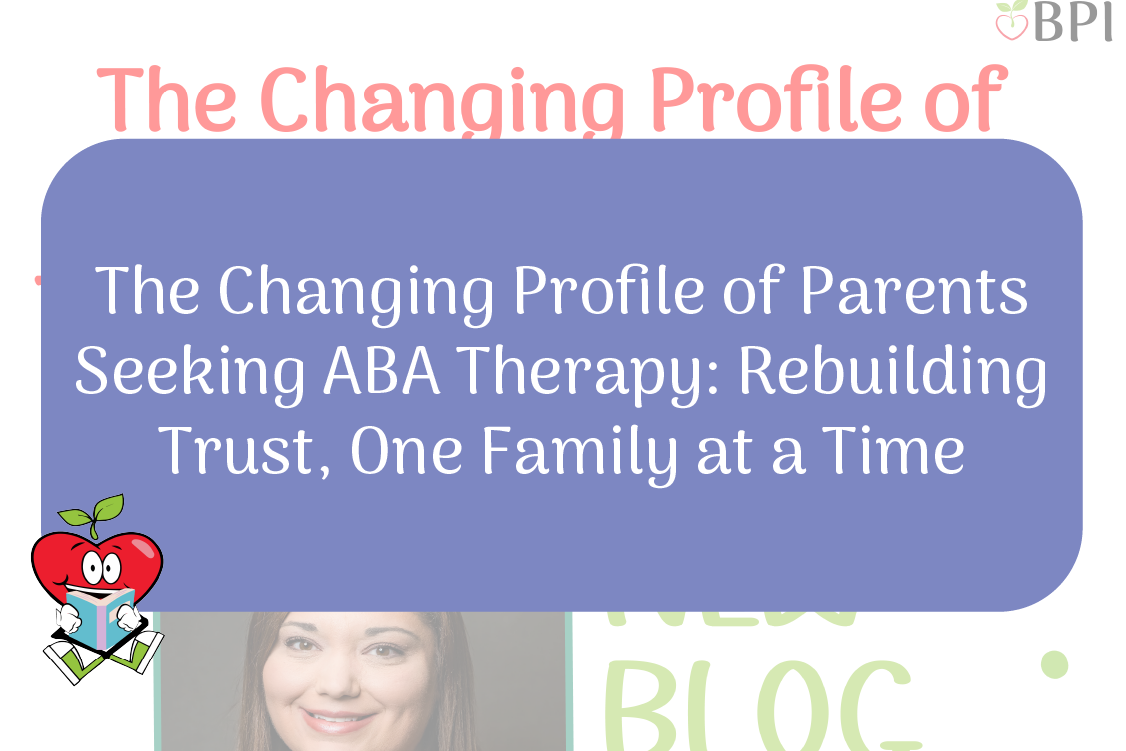What is Manding in ABA Therapy?
Allie Sheehan
Early into your child’s ABA journey, you will encounter the term “mand” or “manding.” You may wonder what this means and how can you help.
Thankfully, the answer is much more straightforward than you would expect, and a caregiver’s role allows for generalization from clinic to home!
Defining a Mand
When you hear your BCBA say “manding,” you can think of it as a fancy way of saying “DEmand” or request. Essentially, a mand is a request for something wanted, needed, or a request for removal from a non-preferred situation or stimulus.
Mand is often the first form of communication that develops in young children and is a critical component of an ABA program for many learners. This form of communication is most beneficial to the learner as it helps meet their wants and needs.
Discussion of mands will mainly include deciding which ones to teach, when, and how to implement.
Components Needed for Manding
First and foremost, motivation!
If a learner is not motivated, then the likelihood of a successful mand is low. Think of it like this– you just ate a big lunch and are full. That piece of chocolate cake sitting on the counter is much less valuable than when you have an empty stomach.
Another example is if the learner has been playing with the same toy for hours, that toy is less likely to be valuable if you present it again right after they finish playing.
Next is flexibility!
We are not mind readers. Preferences change and sometimes change quickly. You may go in with a plan to teach a request for a particular item or situation, but when you go to teach it the learner is no longer interested.
That is okay, and this WILL happen.
If a learner is not yet able to state their preferences, look for cues of disinterest like walking away, stopping a high level of engagement with the item, and change in facial expressions.
Different Ways to Mand
Manding comes in all shapes and sizes. There are many different ways to functionally communicate wants and needs, including:
- Vocal-verbal communication
- Use of a Speech Generating Device
- Use of PECS: Picture Exchange Communication System
- Using gestures: pointing, pulling, head nodding, glancing
- Using ASL or a variation of sign language
- Using functional communication cards or boards
While this list is not exhaustive, these are the most common ones you might encounter in the ABA world!
None of these need to be used in isolation. A combined approach may often be used to meet the learner’s needs.
Different Types of Mands
Just like there are many different ways to mand, there are also many different types of mands.
The type of request will vary based on the learner's needs at the given moment. Many different mands can also occur across the day.
Examples include:
- Mands for objects: Toys, food, drinks, items needed to complete a task
- Manding for activities: “I want to go to ___.” “Let's play a game.” “Let’s listen to ___.”
- Mands for attention: Pulling others, saying “Look at me,” “Watch,” or another similar phrase.
- Mands for information: Asking others for wanted or needed information using what, who, which, where, how, and why questions. Such as “Where is the ____?” “Who is that?” “How do I ____?”
- Mand for termination: Stating that they would like something to end with words such as “No,” “Stop,” “All done,” “I don’t like that,” or “Let’s go.”
How to Work on Manding at Home
Everyone has a right to basic wants and needs, so this should be a core component of your child’s program if they are just starting ABA therapy and learning how to communicate.
How manding is implemented will vary based on your child’s needs and current skill set. As every child’s program is uniquely tailored to them, speaking with your child’s BCBA will help determine how to best incorporate manding into your daily routine at home.
One key factor of mand implementation, regardless of programming, is consistency!
When teaching a new request, keep the requirement consistent. This means you only provide access to the item or action when the request is made at the current level of teaching.
If you have a child who is showing signs of emerging language and is new to making requests, here are a few basic steps:
- Identify something your child is interested in or has a need for.
- Ensure that they are motivated by that item, activity, or information.
- If this is something new, start by modeling (saying, selecting, signing) the item's name and having your child repeat what you do. This can be done using any of the above communication modalities!
- Provide access to the item/activity after the child echos or imitates your response.
- As your child begins to consistently echo or imitate what you are saying, begin to fade that model out.
- Remove the item, pause, and wait to see if they will request it without your model!
Remember to start simple.
You can honor approximations if you are working on vocal-verbal responses (e.g., saying “buh” for bubbles”) or 1-word requests. The final goal is to have a mand request made independently, but it’s important to work with your child at the level they are at and keep implementation fun.
The best times to work on implementing mands at home are during play, daily routines, and when motivation is present.
While working on mands may take time and not always result in a request, consistency and flexibility are critical to successful implementation, as is working with your clinical team.
Checking in with your BCBA about what is and is not working will ensure changes can be made to the way manding is being taught at home and in the clinic setting. Your BCBA is there to guide you, listen to you, and offer advice on navigating any goals within your programming.
Some mands may take longer than others for a child to utilize, but progress is always possible with your support and that of your clinical team!







.png)